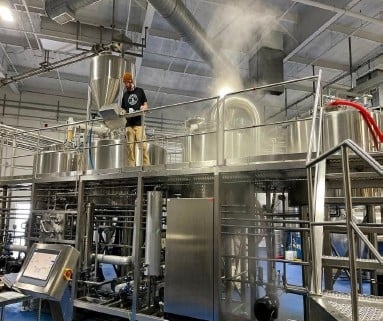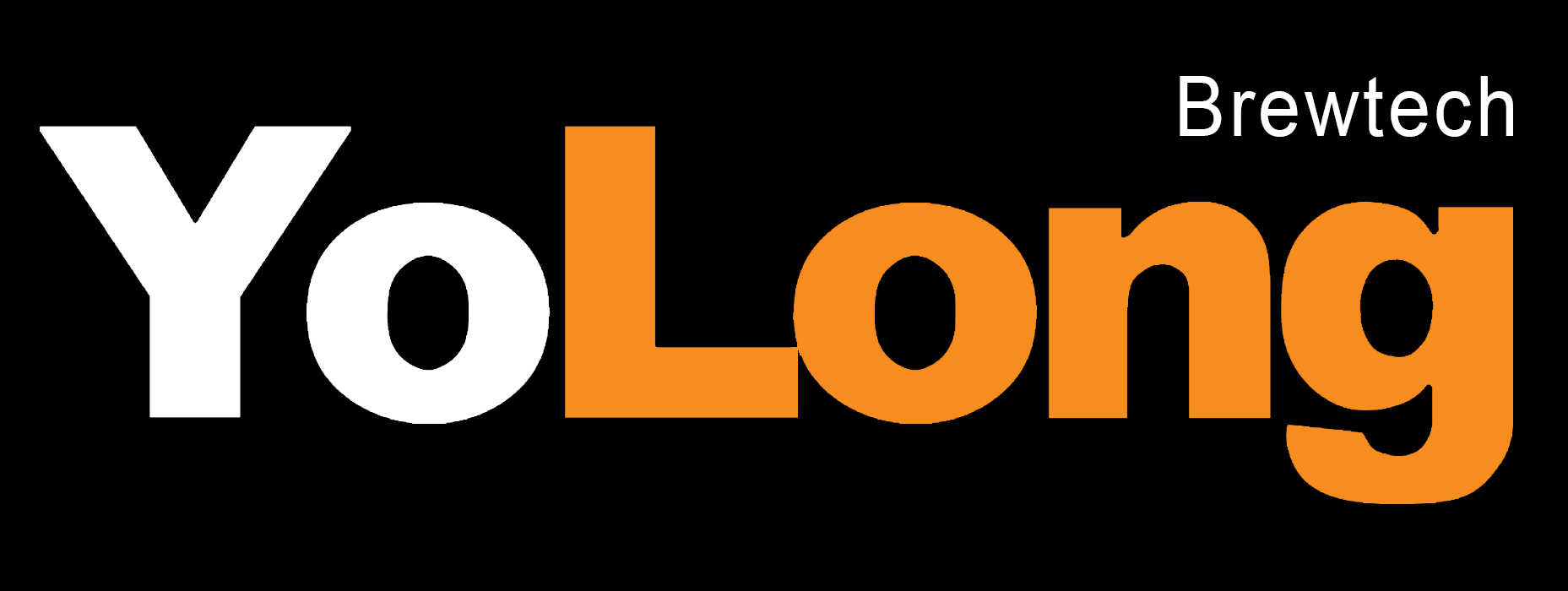How to Start a Microbrewery Step-by-Step
Industry Overview of Microbrewery
The microbrewery industry is bubbling with opportunity. Over the past decade, the craft beer revolution has taken the world by storm, especially in the United States and Europe. Consumers are turning away from mass-produced beers, craving unique, locally brewed options that offer distinct flavors and a more personalized drinking experience.
According to the Brewers Association, in 2023, there were over 9,500 craft breweries in the United States alone, contributing more than $82 billion to the economy. Microbreweries, by definition, produce less than 15,000 barrels of beer per year, but don’t let the “micro” fool you — they can pack a big punch in terms of local market share and cultural impact.
Craft beer lovers appreciate experimentation, seasonal varieties, and innovative brewing techniques. This growing demand creates an exciting space for entrepreneurs ready to hop into the game. However, it also means the competition is fierce, making it essential to craft not only great beer but also a great brand and experience.
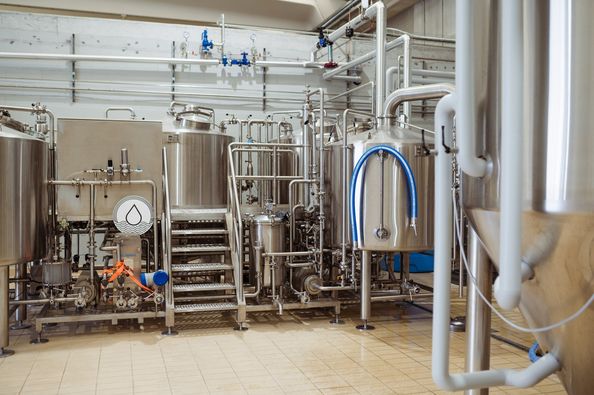
Market Analysis of Microbrewery: Understanding Your Audience and Competition
Before pouring your first pint, you need to understand who will drink it. Market analysis is like scouting the field before playing the game — without it, you’re flying blind.
The primary consumers of craft beer tend to be millennials and Gen Z adults who value authenticity, sustainability, and community-driven brands. They love to support local businesses and are willing to pay a premium for unique flavors and high-quality ingredients. These drinkers often seek out breweries with taprooms, food pairings, live music, and community events.
Also, you can’t ignore the competitive landscape. Who are the established players in your area? What beer styles are they focusing on? Are there gaps in the market, like sours, IPAs, or stouts that aren’t being brewed locally? Pay attention to the pricing models, distribution channels, and customer loyalty strategies of your competitors.
Local market research, surveys, and even informal chats with craft beer enthusiasts can give you valuable insights. Remember, you’re not just selling beer — you’re selling an experience, a story, and a community vibe.
Creating a Business Plan of Starting a Microbrewery: Roadmap to Success
Building a microbrewery without a solid business plan is like brewing without a recipe — it’s messy and probably won’t end well.
Your business plan should clearly outline your vision, mission, target audience, and financial projections. Start by defining your brewery’s concept. Will it be a German-style beer hall, a cozy neighborhood pub, or a modern, experimental brewery with unusual ingredients?
Break down your startup costs. Here’s a detailed table to help you visualize the typical expenses:
| Startup Component | Estimated Cost Range |
|---|---|
| Brewing Equipment | $100,000 – $500,000 |
| Lease/Renovation | $50,000 – $250,000 |
| Licensing/Permits | $10,000 – $50,000 |
| Initial Ingredients | $5,000 – $20,000 |
| Marketing | $5,000 – $30,000 |
| Staffing | $50,000 – $150,000 |
| Working Capital | $20,000 – $100,000 |
You’ll also need to forecast your revenue streams, including taproom sales, distribution to bars and restaurants, event hosting, and merchandise. Don’t forget to plan for scalability — will you eventually expand your distribution? Offer canning or bottling?
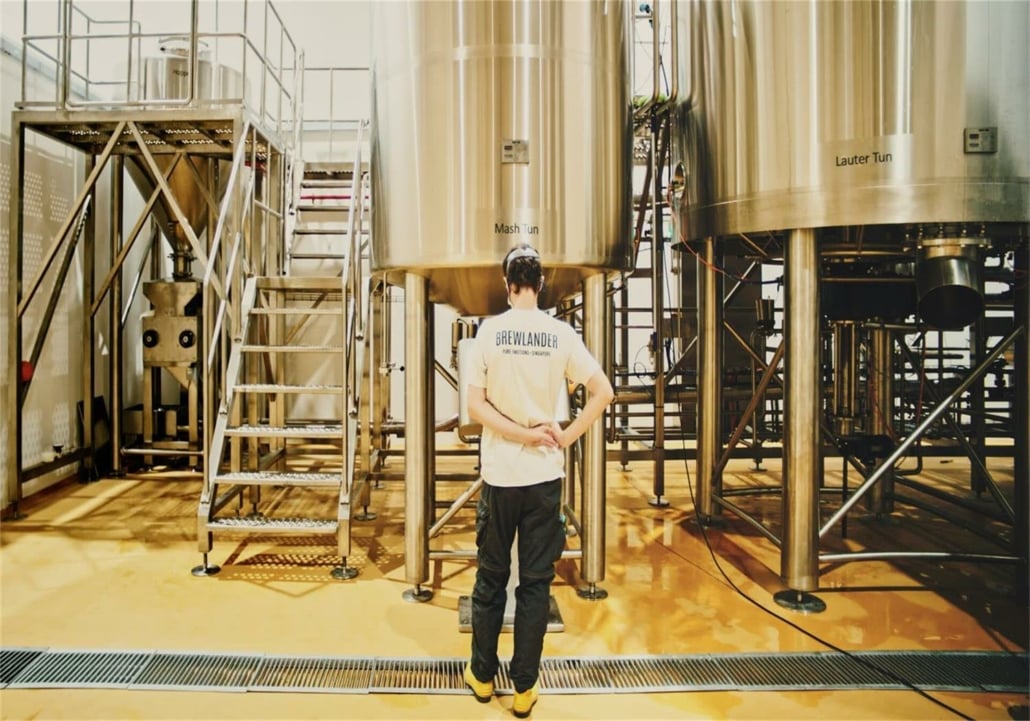
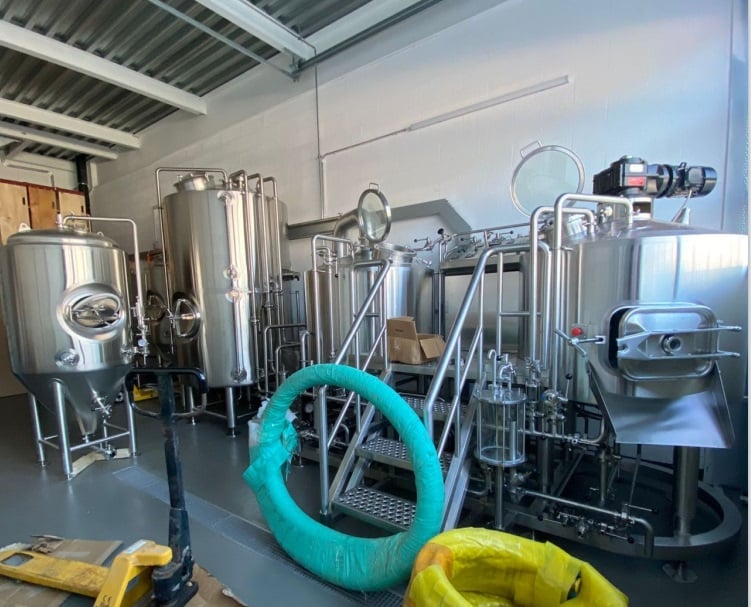
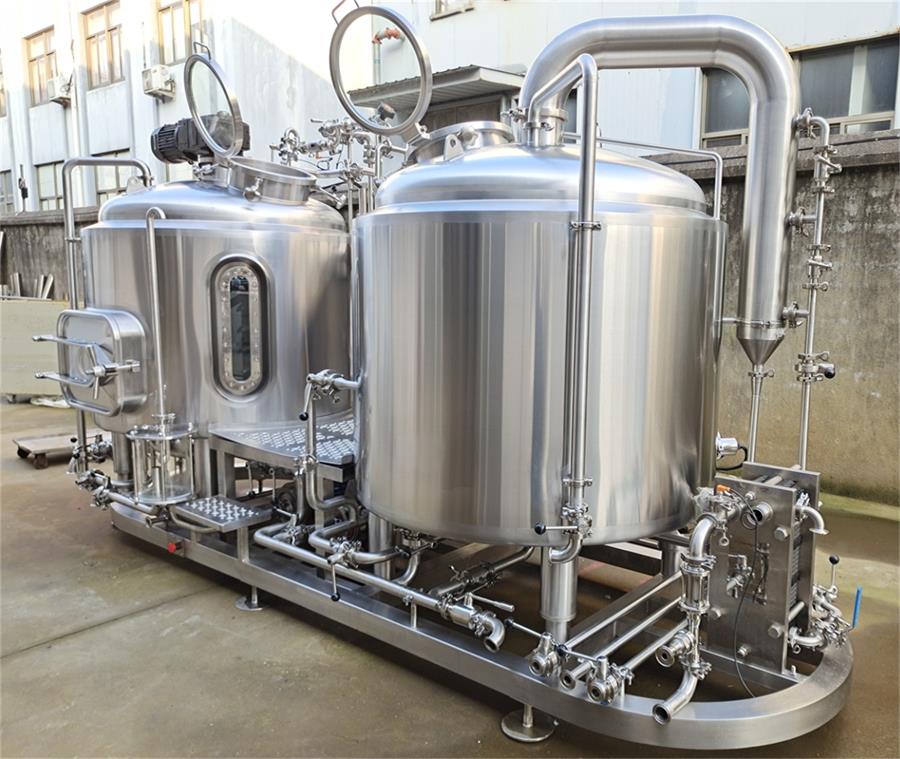

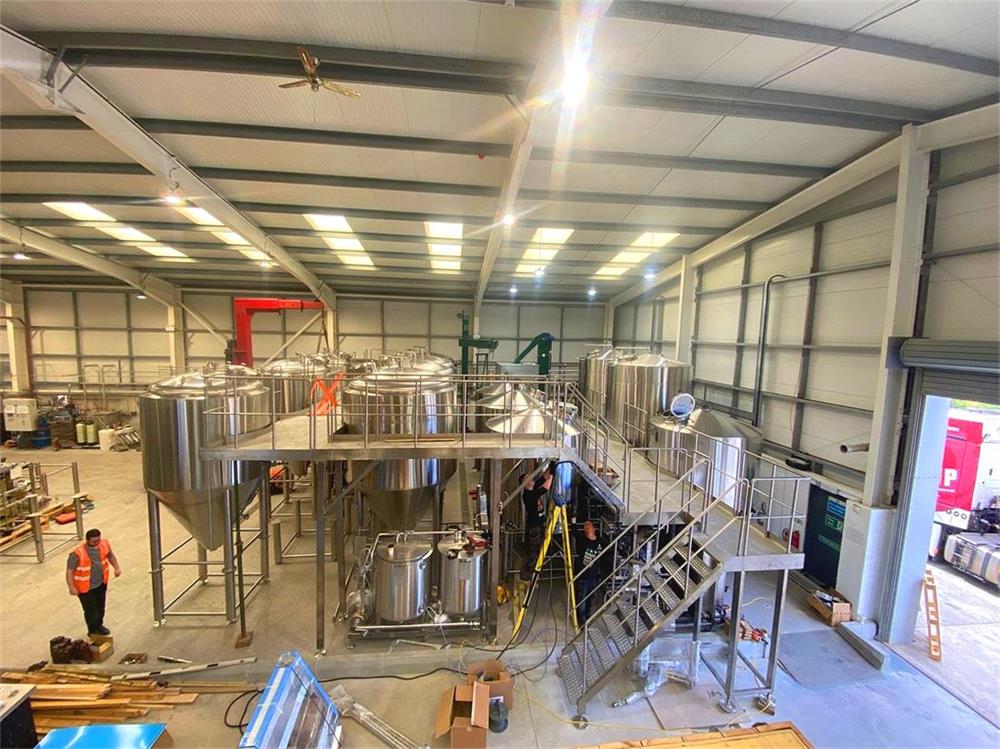
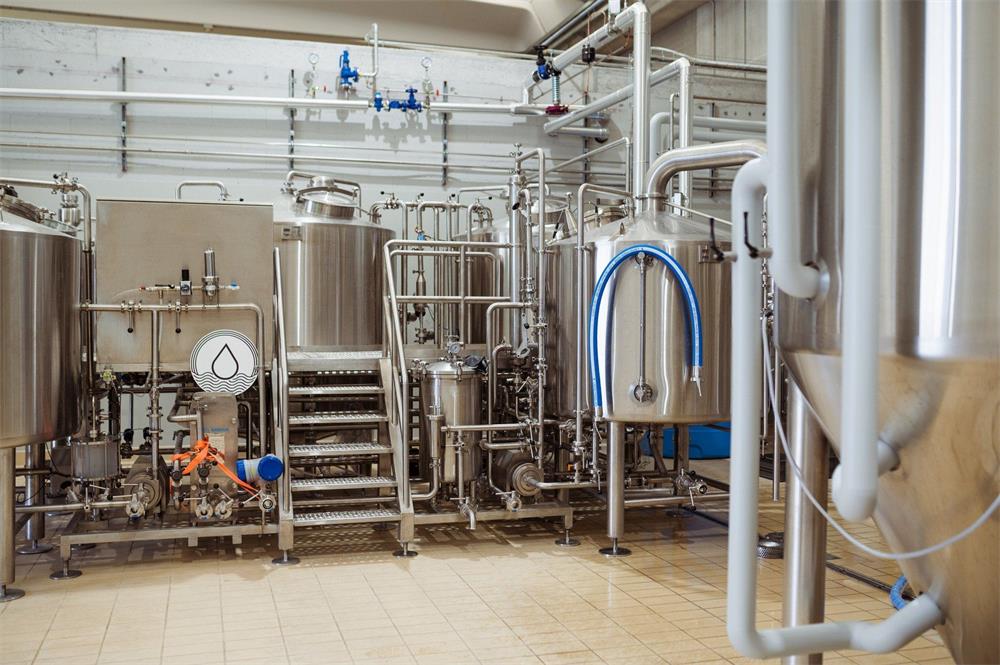
Licensing and Legal Requirements of Starting a Microbrewery: Navigating the Red Tape
The legal side of brewing can feel like navigating a maze, but it’s crucial to get it right.
You’ll need federal, state, and local licenses. In the U.S., you must register with the Alcohol and Tobacco Tax and Trade Bureau (TTB). The TTB can take several months to approve your application, so apply early. State regulations vary widely; some states require additional permits for brewing, distributing, and selling alcohol on-site.
You may also need:
- Health permits (because you’re producing consumable goods)
- Building and fire code approvals (for safety)
- Zoning approval (to ensure the location is suitable for brewing)
Insurance is another layer you can’t skip. Liability insurance, property insurance, and workers’ compensation are typically required. It might feel overwhelming, but hiring a lawyer or consultant specializing in brewery startups can save you from costly mistakes down the road.
Location and Equipment for Microbrewery: Finding the Perfect Spot and the Right Tools
Your microbrewery’s location isn’t just where you brew beer — it’s where your story unfolds. Ideally, you’ll want a high-visibility, easily accessible spot with decent foot traffic. Urban neighborhoods, revitalized industrial areas, and bustling small towns are popular choices.
The space you need depends on your production goals. Typically, you’ll need at least 1,500 to 5,000 square feet for a small microbrewery with a taproom.
When it comes to brewing equipment, you have options to compare:
| Equipment Type | Capacity Range | Cost Estimate | Pros | Cons |
|---|---|---|---|---|
| Nano Brewery System | 1 – 3 BBL | $10,000 – $80,000 | Low startup cost, good for testing markets | Limited scalability |
| Microbrewery System | 5 – 15 BBL | $50,000 – $250,000 | Scalable, decent volume | Higher upfront cost |
| Used Equipment | Varies | 30% – 50% less than new | Cost-effective | Potential maintenance issues |
| Custom-Built System | Varies | $100,000+ | Tailored to your process | Expensive, long lead times |
Choosing between these is like picking between a bicycle and a sports car — both will get you moving, but they come with different speeds and risks. Consider your production goals, budget, and space constraints carefully.
Brewing Process and Staffing for Microbrewery: From Grain to Glass
The brewing process is where your craft comes alive. It generally involves mashing, lautering, boiling, fermenting, conditioning, and packaging. It sounds technical, but think of it like baking bread — the right timing, temperature, and ingredients can make or break the batch.
You’ll need to hire the right team:
- Brewmaster: The heart and soul of your beer. They design recipes, oversee brewing, and ensure quality.
- Assistant Brewers: Help with day-to-day brewing tasks.
- Taproom Staff: Your front-facing team who create the customer experience.
- Sales/Marketing Staff: They spread the word and secure distribution deals.
Some microbreweries start with just the owner doing it all, but as you grow, staffing properly is key to consistency and scaling. Training is critical, too — a well-trained team means fewer mistakes and happier customers.
Marketing and Branding for Microbrewery: Brewing Your Story
A great beer with no branding is like a band with no audience. Marketing is your amplifier, and in today’s crowded craft beer space, you need to turn up the volume.
Start by creating a compelling brand story. Why did you start brewing? What makes your beer different? Is it locally sourced ingredients? A quirky brewing process? Your story is what will stick with people, not just your ABV percentage.
Your marketing should cover:
- Logo and Label Design: Eye-catching, memorable, and consistent.
- Social Media Presence: Instagram, Facebook, and TikTok are key platforms to showcase your beer, events, and brewery life.
- Taproom Events: Trivia nights, beer release parties, and live music create community buzz.
- Collaborations: Partner with local food trucks, coffee roasters, or even other breweries.
- Distribution Deals: Getting your beer into bars, restaurants, and stores builds your reach.
Marketing isn’t just ads — it’s building relationships, telling stories, and creating experiences that make people loyal to your brand.

FAQ
| Question | Answer |
|---|---|
| How much does it cost to start a microbrewery? | Costs typically range from $250,000 to $1 million, depending on size, equipment, and location. |
| Do I need brewing experience? | It helps, but many successful microbrewers hire experienced brewmasters or start with homebrewing. |
| How long does it take to open a microbrewery? | Usually 12-24 months, considering licensing, construction, and equipment setup. |
| Can I sell beer directly to customers? | Yes, most microbreweries operate taprooms or pubs to sell directly, but check your local laws. |
| Is it hard to get a brewing license? | The process is detailed and can be slow, but it’s manageable with proper preparation. |
| What beer styles are most profitable? | IPAs, lagers, and seasonal brews tend to sell well, but local tastes can vary. |
| Can I start small and expand later? | Absolutely! Many microbreweries start as nano breweries and scale as demand grows. |

